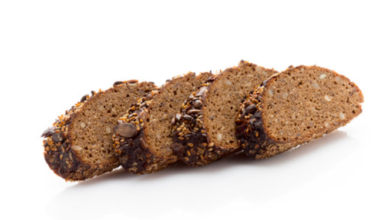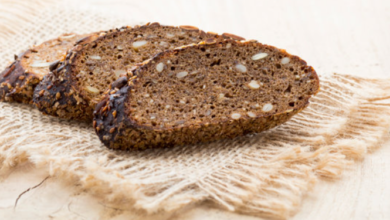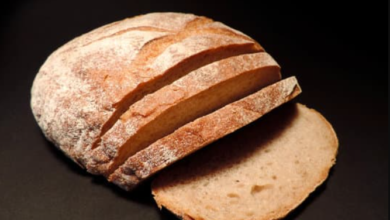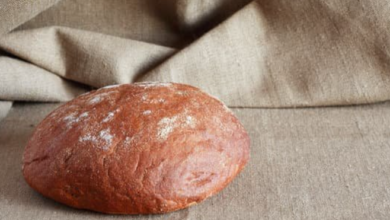Why is My Rye Bread So Dense? Here’s Why!
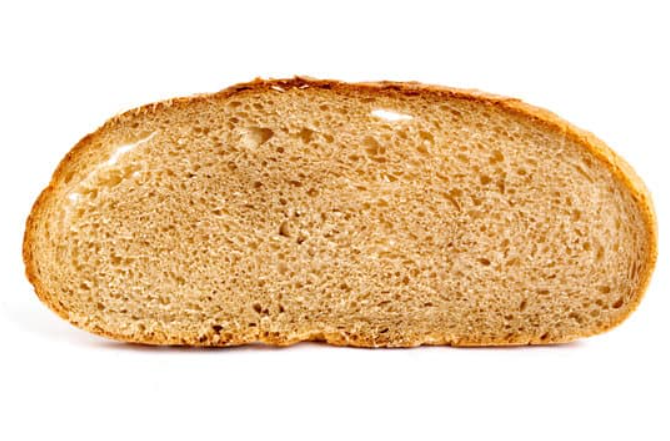
What To Know
- However, using a combination of rye and wheat flour can create a balance between density and texture.
- A too-low oven temperature can result in a dense, undercooked loaf, while a too-high temperature can burn the exterior while leaving the interior uncooked.
- Bake the bread at a moderate temperature and adjust the baking time according to the size and shape of the loaf.
Embarking on a culinary adventure with rye bread can be both rewarding and challenging. While its distinctive flavor and health benefits make it a beloved choice, encountering dense, unyielding loaves can leave you wondering, “Why is my rye bread so dense?” Fear not, fellow bakers! This comprehensive guide will delve into the potential reasons behind your bread’s heaviness and provide practical solutions to transform your dense rye bread into a fluffy masterpiece.
The Role of Flour
Rye flour, the cornerstone of rye bread, plays a crucial role in determining its texture. Unlike wheat flour, rye flour lacks gluten, a protein that provides elasticity and structure to bread. As a result, rye bread tends to be denser than its wheat counterpart. However, using a combination of rye and wheat flour can create a balance between density and texture.
Hydration and Kneading
Proper hydration is essential for any bread, but it’s particularly important for rye bread. Insufficient hydration can result in a dry, crumbly loaf, while excessive hydration can lead to a sticky, unmanageable dough. Aim for a dough that is slightly sticky but not overly wet.
Kneading, the process of working the dough, develops the gluten strands and helps incorporate air. Over-kneading can toughen the bread, while under-kneading can result in a dense, undercooked loaf. Knead the dough for just enough time to form a smooth, elastic ball.
Fermentation
Fermentation, the process by which yeast converts sugars into carbon dioxide, is crucial for creating a light and airy loaf. Allow the dough to rise in a warm place until it has doubled in size. If the dough doesn’t rise properly, the bread will be dense and lack flavor.
Oven Temperature and Baking Time
The oven temperature and baking time also influence the bread’s texture. A too-low oven temperature can result in a dense, undercooked loaf, while a too-high temperature can burn the exterior while leaving the interior uncooked. Bake the bread at a moderate temperature and adjust the baking time according to the size and shape of the loaf.
Starter or Commercial Yeast
Using a sourdough starter instead of commercial yeast can contribute to a denser bread. Sourdough starters produce lactic acid, which can inhibit gluten formation and result in a denser loaf. If you prefer a lighter texture, consider using commercial yeast or a combination of starter and yeast.
Other Factors
Other factors that can affect bread density include:
- Water quality: Hard water can contain minerals that inhibit yeast activity.
- Elevation: Baking at higher altitudes can result in denser bread due to lower air pressure.
- Additives: Some additives, such as salt and sugar, can affect the bread’s texture.
Troubleshooting Dense Rye Bread
If your rye bread consistently turns out dense, try the following troubleshooting tips:
- Use a blend of rye and wheat flour.
- Ensure proper hydration.
- Knead the dough thoroughly but avoid over-kneading.
- Allow the dough to rise fully.
- Bake the bread at the correct temperature and for the appropriate time.
- Experiment with different sourdough starters or commercial yeast.
Key Points: Achieving Rye Bread Perfection
Baking rye bread is an art that requires patience and attention to detail. By understanding the factors that influence bread density, you can transform your dense loaves into fluffy, flavorful creations. Remember, practice makes perfect, so don’t be discouraged if your first attempts don‘t turn out as expected. With perseverance and these practical tips, you’ll soon be mastering the art of rye bread baking.
Frequently Asked Questions
Q: Can I substitute all-purpose flour for rye flour?
A: No, all-purpose flour lacks the distinctive flavor and texture of rye flour. Use a blend of rye and wheat flour for a balanced loaf.
Q: How can I prevent my bread from becoming dry and crumbly?
A: Ensure proper hydration and avoid over-kneading. You can also add a small amount of fat, such as butter or oil, to the dough.
Q: What is the ideal temperature for baking rye bread?
A: Bake rye bread at a moderate temperature, around 375-400°F (190-204°C).
